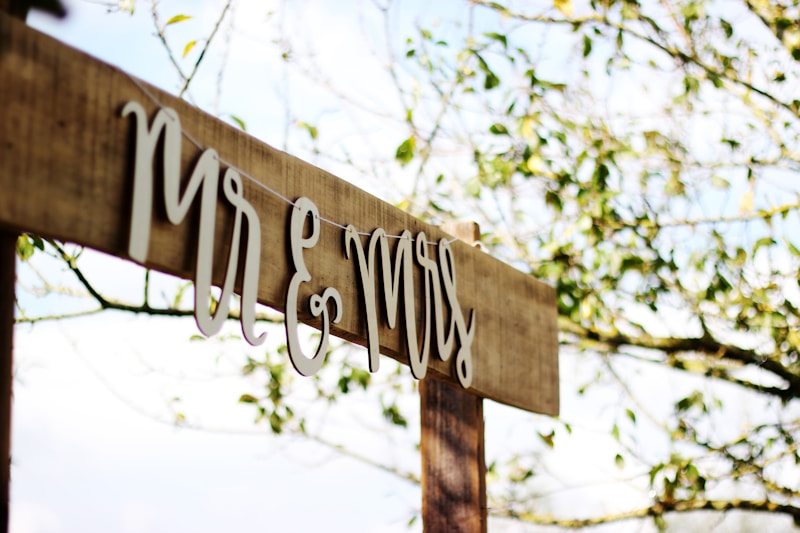Shifts in Symbolism and Meaning of Wedding Dresses: A Cultural Journey Through Time
Shifts in Symbolism and Meaning of Wedding Dresses: A Cultural Journey Through Time
Introduction
The wedding dress has transcended its primary function as mere attire, evolving into a profound symbol of love, commitment, and cultural significance. Throughout history, the symbolism associated with wedding dresses has shifted dramatically, reflecting changing societal norms, traditions, and individual expressions of identity. This article delves into the transformative journey of wedding dresses, exploring their meanings across different cultures and eras.
Historical Background of Wedding Dresses
Wedding dresses have existed for centuries, each era marking different styles and meanings. Traditionally, the choice of color, fabric, and design has been laden with symbolism. For instance, white wedding dresses, popularized by Queen Victoria in the 19th century, symbolize purity and innocence, while other colors have roots in varying cultural beliefs.
Table of Wedding Dress Colors and Their Symbolism
| Color | Symbolism |
| White | Purity, innocence |
| Red | Good fortune, joy (common in Chinese culture) |
| Blue | Fidelity, tranquility |
| Pink | Love, compassion |
| Black | Mourning, elegance (varies by culture) |
Changing Fashion Trends and Their Impact on Symbolism
As fashion evolves, so too does the symbolism of wedding dresses. The 1920s flapper dresses marked a significant departure from the restrictive styles of previous decades, symbolizing women's liberation and social change. The contemporary wedding dress continues to epitomize individual expression, with styles ranging from bohemian to minimalist, reflecting personal values over tradition.

The Cultural Perspectives on Wedding Dresses
Different cultures have unique interpretations of wedding dresses and their symbolism. In Western cultures, white is prevalent, while Eastern traditions often celebrate vibrant colors. For instance, in many Asian cultures, the red wedding dress is a dominant choice, signifying prosperity and happiness. Understanding these variations enhances appreciation for the diverse meanings behind wedding attire.
Western Influences
As we navigate through Western wedding traditions, the symbolism associated with wedding dresses often revolves around narratives of romance and idealism. Today, many brides opt for non-traditional colors or styles, challenging the norm and expressing their uniqueness. This shift signifies a broader change in societal attitudes towards marriage and individual identity.
Eastern Traditions
In contrast, Eastern wedding dresses, notably the red dress worn in Chinese weddings, emphasize familial bonds and community over individualism. The color red signifies good fortune and happiness, showcasing how cultural symbolism can deeply influence wedding attire. These dresses are often adorned with intricate embroidery representing prosperity, fertility, and longevity.
The Role of Celebrities and Media in Shaping Trends
Modern wedding dress styles are significantly influenced by celebrities and media portrayals. Iconic figures like Grace Kelly, Kate Middleton, and Meghan Markle have not only popularized specific designs but have also transformed public perceptions of what defines a beautiful bridal gown. Their choices often ripple through fashion markets, leading to widespread adoption of similar styles.
Impact of Social Media
With the rise of social media platforms such as Instagram and Pinterest, brides today have greater access to an array of styles and cultural influences. This has fostered an environment where diverse meanings and interpretations of wedding dresses flourish. Brides now tend to seek dresses that resonate with their personal stories and values rather than adhere strictly to tradition.
The Future of Wedding Dress Symbolism
As we look toward the future, the symbolism of wedding dresses will likely continue to evolve. The trend toward inclusivity and diversity suggests that voices that have been historically marginalized will increasingly influence bridal fashion. This encompasses not only different cultural backgrounds but also gender identities and expressions.
Eco-Conscious Choices
The modern bride is becoming more aware of the environmental impacts of fashion. Sustainable fabrics and ethical production practices are on the rise, with many brides opting for vintage or second-hand dresses, reflecting growing concerns about consumption and climate change. This shift in symbolism emphasizes a commitment to the planet alongside personal commitment.
Conclusion and Recommendations
In summary, the symbolism and meaning of wedding dresses are multifaceted and fluid, shaped by historical, cultural, and personal influences. As societal norms continue to evolve, so too will the meanings behind these iconic garments. For brides-to-be, it's essential to embrace personal choices when selecting a wedding dress, whether it reflects cultural heritage, individual values, or a commitment to sustainability. By doing so, each bride can contribute to the rich tapestry of wedding dress symbolism, ensuring that their attire tells a unique story of love and commitment.
Considerations for Bridal Attire:
- Research Cultural Traditions: Delve into the significance of wedding dress colors and styles within your cultural context.
- Select Based on Personal Meaning: Choose a dress that resonates with your values and identity.
- Explore Sustainable Options: Look into eco-friendly fabrics and ethical brands to minimize environmental impact.
- Stay Open to Innovation: Remember that the best choice is one that reflects your unique love story.
Ultimately, wedding dresses serve as an ongoing dialogue between tradition and personal expression. As we celebrate the shifts in symbolism and meaning of wedding dresses, we honor the beauty of love in all its forms.
